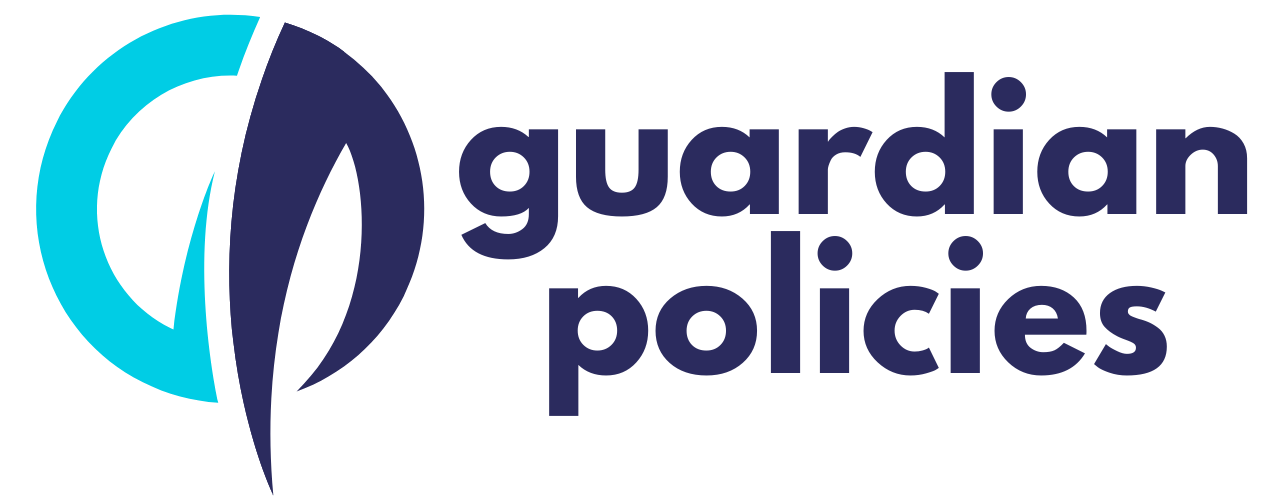
The Future of Insurance: How Technology is Changing the Industry
The insurance industry, traditionally known for its conservative and paper-heavy processes, is undergoing a significant transformation driven by technology. This change, often referred to as "insurtech," is reshaping how insurance companies operate, interact with customers, and manage risk. Key innovations like telematics, blockchain, artificial intelligence (AI), and the Internet of Things (IoT) are at the forefront of this revolution, offering both challenges and opportunities. This article explores how these technologies are changing the insurance landscape and what the future may hold.
The Rise of Insurtech
Insurtech refers to the use of technology to innovate and improve the efficiency of the insurance industry. It encompasses a range of technologies and startups focused on streamlining operations, enhancing customer experience, and providing more personalized products. Insurtech companies are leveraging data analytics, AI, and machine learning to offer solutions that are more accurate, transparent, and user-friendly.Telematics: Transforming Auto Insurance
Telematics is a technology that collects data on driving behavior through devices installed in vehicles or mobile apps. This data includes information on speed, braking patterns, and mileage, which insurers use to assess risk more accurately.- Usage-Based Insurance (UBI): With telematics, insurers can offer usage-based insurance policies where premiums are based on actual driving behavior rather than generalized statistics. This approach benefits safe drivers with lower premiums and encourages safer driving habits.
- Claims Processing: Telematics data can also streamline the claims process by providing accurate information about accidents, such as the time and location, which helps in faster and fairer claim settlements.
Blockchain: Enhancing Transparency and Security
Blockchain technology offers a decentralized and secure way to store and share information, which can be particularly useful in the insurance industry.- Smart Contracts: Smart contracts are self-executing contracts with the terms directly written into code. In insurance, they can automate claims processing, ensuring that claims are paid out promptly when specific conditions are met, without the need for manual intervention.
- Fraud Prevention: Blockchain’s immutable ledger can help reduce fraud by providing a transparent record of all transactions. This transparency makes it easier to verify the authenticity of claims and detect fraudulent activities.
Artificial Intelligence and Machine Learning: Revolutionizing Customer Experience
AI and machine learning are being increasingly used in the insurance sector to enhance customer service, underwriting, and claims processing.- Chatbots and Virtual Assistants: AI-powered chatbots provide 24/7 customer service, handling inquiries, policy changes, and claims processing efficiently. They improve customer experience by providing quick and accurate responses.
- Predictive Analytics: Machine learning algorithms analyze large datasets to predict future risks and trends. This capability allows insurers to price policies more accurately, assess risks more effectively, and develop new products tailored to customer needs.
- Automated Claims Processing: AI can automate the claims process by analyzing data from various sources, such as photos of damage, repair estimates, and customer information, to assess and settle claims quickly.
Internet of Things (IoT): Enhancing Risk Management
The IoT refers to a network of interconnected devices that collect and exchange data. In the insurance industry, IoT devices provide real-time data that can be used for risk assessment and prevention.- Home Insurance: IoT devices like smart smoke detectors, water leak sensors, and security cameras can reduce the risk of damage or theft. Insurers may offer discounts to homeowners who install these devices, as they lower the likelihood of claims.
- Health Insurance: Wearable devices, such as fitness trackers, monitor health metrics like heart rate and physical activity. Insurers can use this data to offer personalized health plans and incentives for healthy behavior.
The Future Landscape of Insurance
As technology continues to advance, the insurance industry is expected to evolve in several key ways:- Increased Personalization: Insurers will be able to offer highly personalized policies based on individual data, providing more accurate pricing and tailored coverage options.
- Proactive Risk Management: With real-time data from IoT devices and predictive analytics, insurers can shift from a reactive approach to a proactive one, helping customers prevent losses before they occur.
- Enhanced Customer Engagement: Digital platforms and AI-driven services will enhance customer engagement by providing seamless interactions and personalized advice.
- Efficiency and Cost Reduction: Automation and digitalization will reduce administrative costs and inefficiencies, leading to lower premiums for customers and improved profitability for insurers.
- Regulatory Challenges: As technology changes the industry, regulators will need to adapt to new risks and ethical considerations, such as data privacy and algorithmic transparency.
Conclusion
The integration of technology in the insurance industry marks a significant shift towards more efficient, transparent, and customer-centric services. As innovations like telematics, blockchain, AI, and IoT continue to develop, the industry will likely see further disruption and transformation. For consumers, this evolution promises better products, more competitive pricing, and improved service experiences. For insurers, it presents an opportunity to redefine their roles, improve risk management, and enhance operational efficiency. The future of insurance is undoubtedly digital, and those who embrace these changes are poised to lead the industry forward.All Categories
Recent Posts
guardianpolicies0 Comments
Preparing for Retirement Essential Financial Steps to Take in Your 40s and 50s
guardianpolicies0 Comments
The Impact of Credit Scores on Insurance Premiums What You Need to Know
guardianpolicies0 Comments




